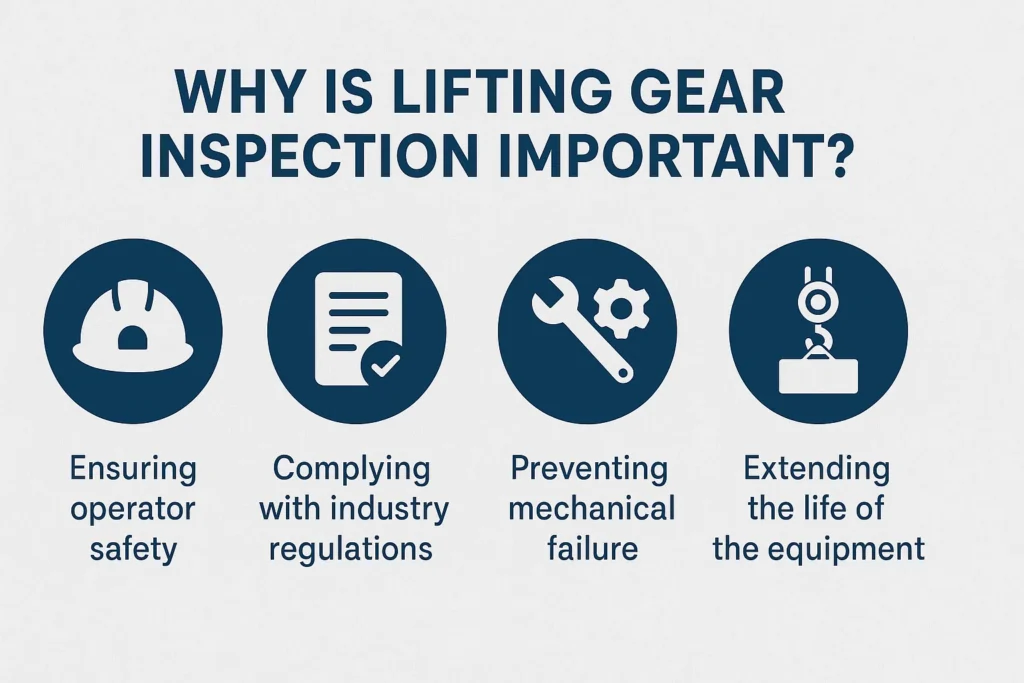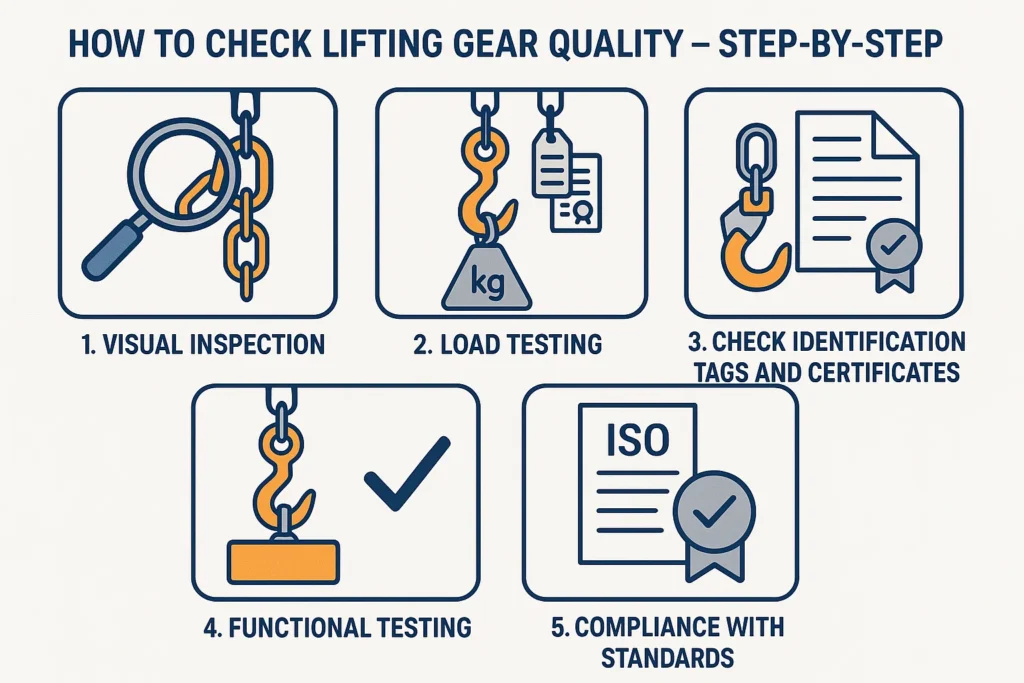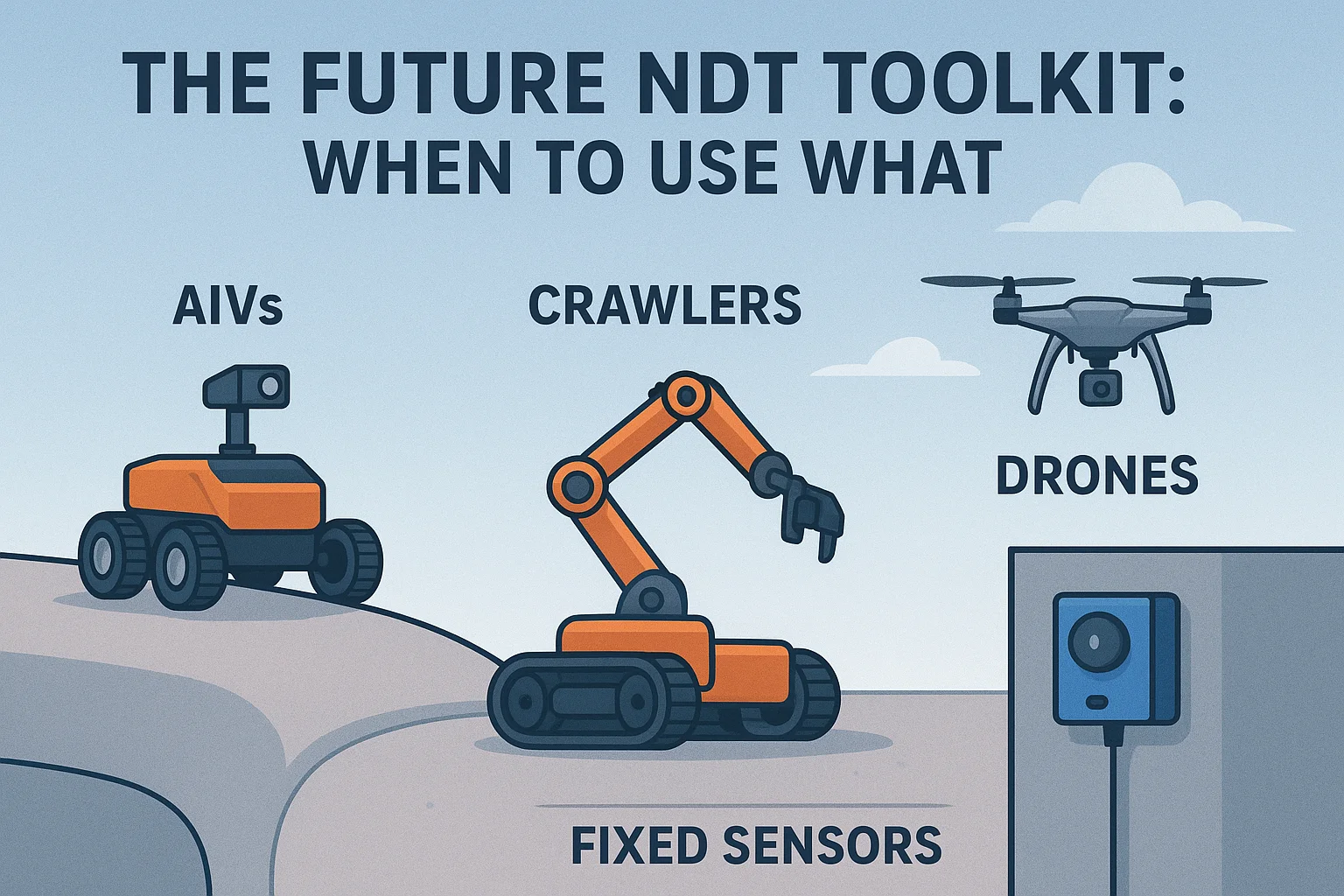Inspections Track Software For Oil and Gas Inspection Industry

Lifting gear plays a crucial role in the oil and gas industry. Whether it’s hoisting heavy equipment or ensuring safe load handling, quality checks are essential to maintain safety and compliance. But how do you check the quality of lifting gear effectively?
In this blog, we’ll walk you through a complete checklist to inspect lifting gear, what standards to follow, and how Inspections Track software helps streamline the process for oil and gas inspection teams.
Lifting gear failure can lead to serious workplace accidents, costly downtime, and legal consequences. Therefore, regular inspection and proper maintenance aren’t optional — they’re a legal and operational necessity.
Some of the key reasons to inspect lifting gear include:

According to industry standards like LOLER (Lifting Operations and Lifting Equipment Regulations) and OSHA, inspections should be done:
| Inspection Type | Frequency |
|---|---|
| Daily pre-use checks | Before each shift |
| Periodic inspections | Every 3 to 6 months |
| Thorough examinations | Annually or as required |
| Post-incident reviews | Immediately after event |
Let’s break down the process into key steps that you or your inspection team should follow:
Begin with a thorough visual check for wear and tear:
Tip: Even minor cracks can lead to equipment failure. Don’t ignore them.
Use certified load testing equipment to verify the gear’s load-bearing capacity. This ensures the lifting gear can handle its rated weight without permanent deformation.
Ensure each piece of lifting equipment has a clearly visible ID tag, including:
Missing or worn-out tags are a red flag.
For powered lifting gear (e.g., hoists or winches), check:
This helps ensure everything is operating smoothly.
Verify that the gear complies with relevant safety standards:

Manual checks and paper logs are outdated. For high-risk industries like oil & gas, digital inspection software like Inspections Track is a game changer.
Whether you’re working offshore or at a refinery, Inspections Track helps ensure that your lifting gear inspections are faster, more accurate, and audit-ready.

| Issue Found | Potential Risk |
|---|---|
| Corroded shackles | Sudden failure during load |
| Frayed wire rope | Load drop risk |
| Deformed hook | Improper lifting angles |
| Missing ID tag | Failed compliance checks |
Maintaining high standards in lifting gear quality isn’t just about compliance — it’s about protecting lives and minimizing operational risks. With the right inspection process and tools like Inspections Track Software, you can keep your lifting operations efficient, safe, and regulation-compliant.
Read more : What Are the Three Main Types of Inspections in Oil & Gas
Corrosion and cracked hooks are among the most common and dangerous defects found during inspections.
Lifting gear should be visually inspected daily and undergo thorough examinations every 6 to 12 months, depending on usage and local regulations.
Absolutely. Tools like Inspections Track Software streamline the process, reduce manual errors, and improve compliance tracking.
Ready to upgrade your lifting gear inspections?
🔗 Get a demo of Inspections Track Software today

Introduction: Why the Inspection Mindset Matters In modern oil and gas operations, safety cannot rely solely on checklists. While checklists ensure compliance, they rarely capture the deeper insights needed to prevent failures. Therefore, the real…

Introduction: The Evolving Landscape of NDT Non-Destructive Testing (NDT) has entered a new era one defined by automation, robotics, and real-time data intelligence. Traditional manual surveys still matter, yet modern inspection teams now rely on…
SkySoft Connections provides quality IT services around the globe. Our services begin with experience and end with dedication, ensuring innovation and reliability
© Copyrights, 2024 All Rights Reserved Skysoftconnections
Contact us
Get notified about new articles